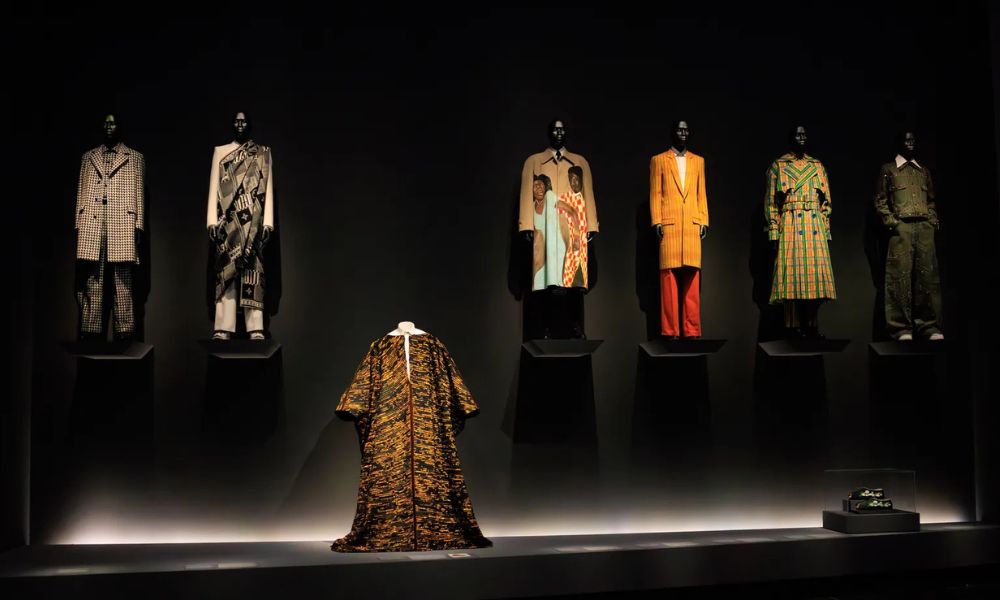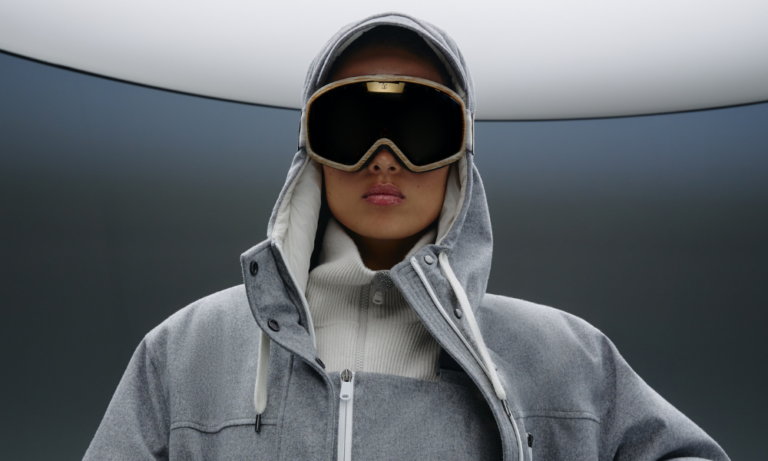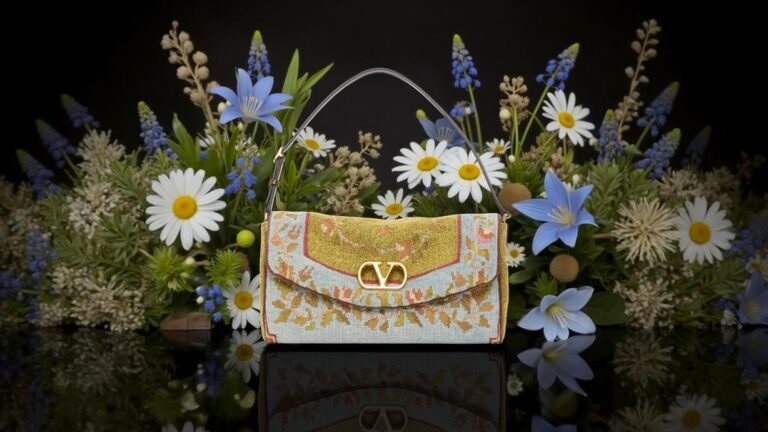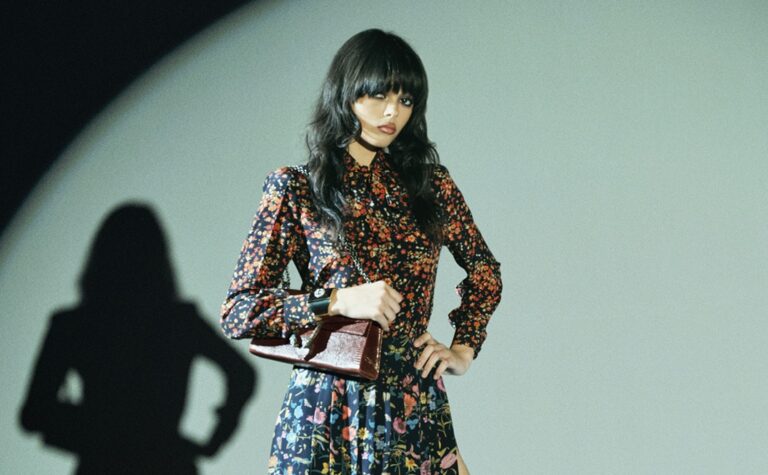On the eve of fashion’s biggest night, the Costume Institute pulls back the curtain on “Superfine: Tailoring Black Style,” a long‑overdue celebration of Black dandies and the power woven into every stitch. This is the first Costume Institute show to tackle race head‑on, and only its second one devoted entirely to menswear.
Curated by Andrew Bolton alongside Monica Miller—author and Africana Studies chair at Barnard—the exhibition traces more than 300 years of Black style through the lens of the dandy: those who made dressing deliberately an act of self‑definition. For the Black dandy, suiting up wasn’t vanity; it was an assertion of agency. Miller’s research formed the framework here, showing how the language of European court dress became a tool of resistance when reworked by Black hands.
The exhibit opens with livery coats worn by enslaved people — elaborate garments of magenta and gold that were meantto flaunt the wealth of their owners. One particularly chilling example belonged to a child in Louisiana, stitched in tan broadcloth and most likely made by Brooks Brothers. These clothes weren’t about the enslaved individual’s status — they were the status symbol.
From there, the exhibition moves through centuries of style where tailoring becomes a tool of power, protest, and profound selfhood. A military-style suit by Olivier Rousteing sits beside André Leon Talley’s regal coat; both displayed on a raised installation by artist Torkwase Dyson. The placement isn’t random; it’s a reverent nod to Talley as ancestor, editor, and dandy-in-chief. Other names peppered throughout the show include Frederick Douglass, Prince, and Iké Udé, alongside designers who are reimagining menswear entirely: Grace Wales Bonner, Bianca Saunders, Pharrell Williams, Raul Lopez of Luar, and Ev Bravado of Who Decides War.
Organized into “ownership,” “disguise,” and “reveal” chapters, the exhibition takes visitors from 18th‑century courtiers to modern day designs.
ALSO READ: WES ANDERSON’S CINEMATIC UNIVERSE COMES TO LIFE WITH A SPECIAL EXHIBITION IN LONDON.




